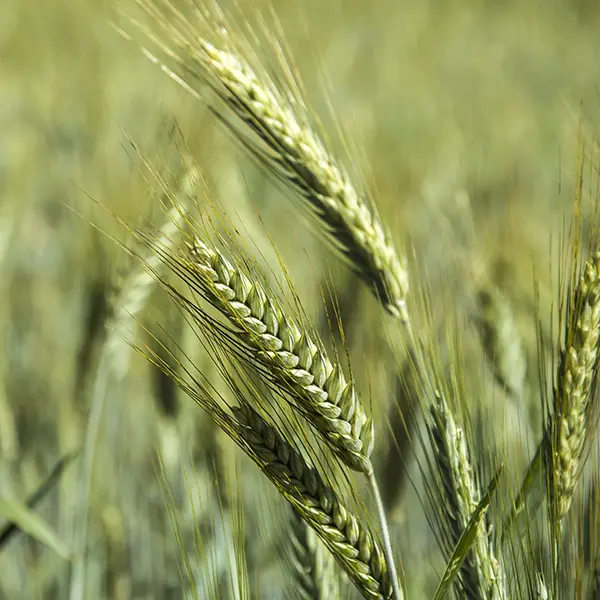HAPPY NEW YEAR! WE WILL BE CLOSED ON THURSDAY, JAN 1. WE WILL BE OPEN NORMAL HOURS ON FRIDAY, JAN. 2.
(800) 352-5247
- Seed Finder
- About
- Resources
- Find a Dealer
- Blue River Organic
- Viking Non-GMO
- Login
HAPPY NEW YEAR! WE WILL BE CLOSED ON THURSDAY, JAN 1. WE WILL BE OPEN NORMAL HOURS ON FRIDAY, JAN. 2.

Price is per 50lb bag.
$23.50 / 50lb Bag
Triticale, a cross between wheat and rye, is a high-value forage crop for dairy cows, beef cattle and all classes of livestock. It often has the best forage quality of all the small grains varieties, and we carry multiple triticale varieties for all end-uses. We also carry high performing grain-specific varieties to meet the needs of any organic or non-GMO rotation.
DOWNLOAD TRITICALE AGRONOMICS & RESOURCES (PDF)
Triticale is a cereal grain species that was hybridized to combine the favorable traits of rye and wheat: rye’s growth, vigor, and cold tolerance, and wheat’s baking characteristics. It is tolerant of droughty, lower fertility soils, and it’s less prone to lodging than open-pollinated winter rye.
TRITICALE IS VERSATILE
Triticale can be grazed, chopped for silage, harvested for straw, or the grain can be harvested for feed. Triticale also is used for cover cropping. In fact, winter triticale has higher potential biomass production than winter wheat and winter barley, which is a strong indicator of weed suppression.
DISEASE RESISTANCE
Triticale has excellent resistance to rust and good Barley Yellow Dwarf Virus (BYDV), and good resistance to wheat streak mosaic virus and other common viruses that target wheat.
FORAGE/FEED QUALITY
Spring-seeded winter triticale won’t produce seed, and it can be used for grazing. The digestibility, water soluble sugars, and forage productivity are similar to oat and rye. Thanks to a high lysine concentration (0.39%), triticale can be used in feed rations to replace corn, which has only a lysine concentration of 0.26%. Additionally, triticale has 30 percent more bioavailable phosphorous than corn.
Management
To achieve high-quality triticale forage, cut in the flag leaf to boot stage prior to heading. Yields range from 2 to 4 tons of dry matter per acre. Delaying harvest to the soft-dough stage can boost yields by more than 50 percent, but the delay also reduces forage quality.
Planting
Plant winter triticale 10 days to two weeks before the local winter wheat planting date. Drill about 100 – 120 pounds per acre at 1¼” deep. Anything shallower makes triticale at risk of winterkill and heaving.
SOURCES
Small Grains, Large Gains: Feeding Triticale to Pigs (Practical Farmers of Iowa)
Have you used this product? Let us know what you think.